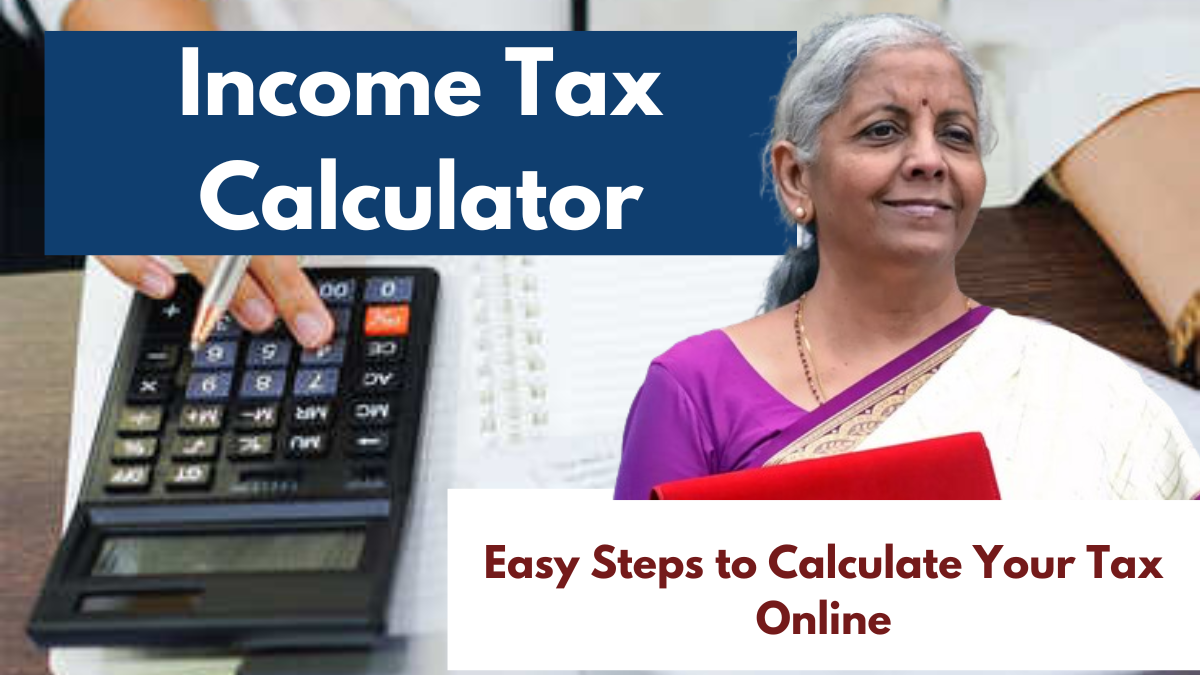The Union Budget 2025 has introduced notable revisions to the income tax slabs and rates, significantly benefiting middle-class taxpayers. One of the most significant changes is that individuals earning up to ₹12 lakh per year will not be required to pay income tax due to an enhanced tax rebate. Understanding these changes and knowing how to compute your tax liability accurately can help with better financial planning.

Updated Income Tax Slabs for FY 2025-26
The revised income tax structure determines tax liability based on annual earnings. Below is the new tax slab framework:
| Annual Income | Tax Rate |
|---|---|
| ₹0 – ₹4 lakh | NIL |
| ₹4 – ₹8 lakh | 5% |
| ₹8 – ₹12 lakh | 10% |
| ₹12 – ₹16 lakh | 15% |
| ₹16 – ₹20 lakh | 20% |
| ₹20 – ₹24 lakh | 25% |
| Above ₹24 lakh | 30% |
Under this system, individuals earning up to ₹12 lakh annually benefit from a full tax rebate, effectively making their tax liability zero. This reform is particularly advantageous for salaried employees and self-employed professionals in the ₹4-12 lakh income range, reducing their overall tax burden.
How to Calculate Your Income Tax Online for FY 2025-26?
With the availability of online income tax calculators, determining your tax liability has become more straightforward. Follow these steps to compute your tax online:
Step-by-Step Guide to Using an Income Tax Calculator
- Select Financial Year: Choose FY 2025-26 from the available options.
- Select Age Group: Tax rates may differ based on age brackets; select the appropriate category.
- Enter Taxable Salary (Old Regime): If calculating tax under the old tax regime, input your salary after applicable exemptions (e.g., HRA, LTA).
- Enter Gross Salary (New Regime): For the new tax regime, enter the total salary without any exemptions.
- Provide Additional Income Details: Include any earnings from interest, rental income, or capital gains.
- Enter Tax-Saving Investments: If opting for the old regime, input investments under Sections 80C, 80D, 80E, and 80G to claim deductions.
- Click ‘Calculate’: The calculator will generate your tax liability under both regimes, helping you choose the most beneficial option.
Standard Deductions and Tax Rebates for FY 2025-26
To further reduce tax liability, the government has increased the standard deduction to ₹75,000 from the previous ₹50,000.**
Key Benefits for Taxpayers
- Salaried individuals can deduct ₹75,000 from their taxable income.
- No tax on annual income up to ₹12 lakh, reducing the financial strain on middle-class earners.
- For incomes exceeding ₹12 lakh, tax is calculated based on the new slab rates.
Comparison: Old Tax Regime vs. New Tax Regime
Choosing between the old and new tax regimes depends on investment habits and preference for deductions. Here’s a comparative analysis:
| Feature | Old Tax Regime | New Tax Regime |
| Tax Rates | Higher tax rates | Lower tax rates |
| Exemptions | Allowed (HRA, LTA, 80C, 80D, etc.) | No major exemptions |
| Standard Deduction | ₹75,000 | ₹75,000 |
| Best For? | Individuals with high investments | Individuals preferring a simplified structure |
If you actively invest in PPF, ELSS, and NPS, the old tax regime may be more beneficial. However, if you prefer lower tax rates without exemptions, the new tax regime is the better choice.
Ways to Reduce Your Tax Liability
For taxpayers under the old regime, several deductions can help reduce tax liability:
- Section 80C: Deduction of up to ₹1.5 lakh for investments in PPF, EPF, Life Insurance, ELSS, etc.
- Section 80D: Deduction on health insurance premiums (₹25,000 for individuals, ₹50,000 for senior citizens).
- Section 80E: Deduction on education loan interest payments.
- Section 80G: Deductions for charitable donations.
- House Rent Allowance (HRA): Tax exemption for salaried individuals in rented accommodation.
How to File Income Tax Returns (ITR) for FY 2025-26?
Filing Income Tax Returns (ITR) is mandatory for individuals with taxable income. Here’s how to file your ITR online:
- Log in to the Income Tax e-Filing Portal.
- Select the applicable ITR form based on your income type.
- Enter income details (salary, business income, capital gains, etc.).
- Claim deductions (if using the old tax regime).
- Verify tax liability and pay any pending tax dues.
- Submit the return and e-verify using Aadhaar OTP or Net Banking.
Note: Filing before the due date (July 31, 2025) ensures compliance and avoids penalties.
Read More: Labour Minimum Wages 2025: Updated Wage Rates Announced
Frequently Asked Questions (FAQs)
1. Who benefits most from the new income tax slabs?
Middle-class salaried employees and self-employed professionals earning up to ₹12 lakh per annum benefit the most, as they are exempt from income tax.
2. Can I switch between the old and new tax regimes?
Yes, individuals can switch between regimes every financial year, except those with business income, who can switch only once.
3. Are there any additional benefits for senior citizens?
Yes, senior citizens enjoy higher exemption limits and additional deductions under Section 80D for health insurance premiums.
4. What happens if I miss the ITR filing deadline?
Late filing may attract penalties of up to ₹10,000 and may restrict access to some tax benefits.
5. Is it mandatory to file ITR even if I have no taxable income?
Not necessarily, but filing a zero-income tax return is recommended as it helps in loan applications and serves as income proof.
By understanding these changes and leveraging deductions, taxpayers can optimize their tax savings while ensuring compliance with the latest regulations.
Click here to know more.
Vinod is a dedicated writer specializing in education, career, and recruitment topics, delivering clear and actionable insights to empower readers.